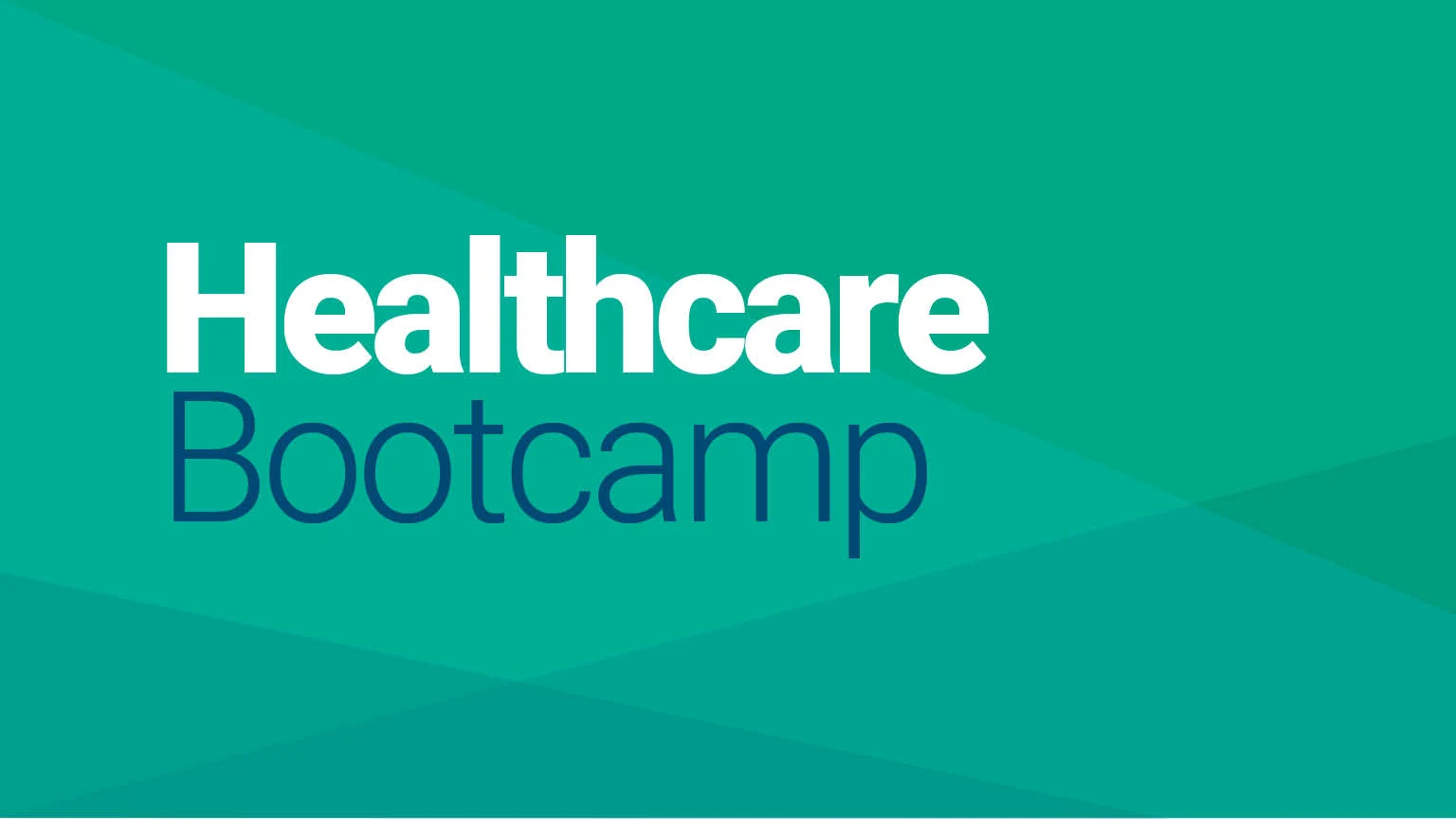Module 107 Overview and Learning Objectives
A primer on the future of patient populations and how they impact health system priorities.
Module 107 Key Takeaways
The US population is getting older and sicker, with patients aged 55+ accounting for over half of health expenditures. By 2030, 21% of the US population will be 65 or older. Almost all Americans in this demographic have at least one chronic condition. Patients will continue to need complex care from LHS to treat such conditions. As a result, LHS will have a large part of their revenue tied to public payers like Medicare and Medicaid--putting pressure on their margins.
Payers and providers are gaining more control over their options. Because of increased out of pocket costs and consumer-oriented options, patients are becoming more empowered to make informed decisions about their care experience. Patients act more like true consumers and value convenience, price of care, personalization of care, and accessibility. They are especially receptive to digital care services.
Health systems have embraced the need to prioritize digital health and associated tools. Systems have various strategic goals for upscaling digital health: gaining new consumers in existing markets, making personalized digital health, increasing consumer access, and increasing quality. Digital strategy will play a key role in meeting patient expectations, improving accessibility, easing scheduling, and connecting the entire patient experience.
Making satisfying digital experiences for patients increases the likelihood that they will stay with the system for further treatment beyond their initial complaint. Loyalty to the system will also depend on including the consumer’s perspective in strategy.
